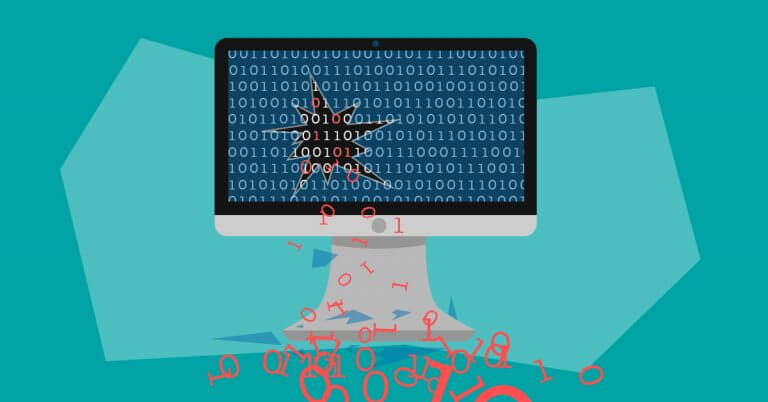

Social media, advanced technology, and the growing popularity of business transactions over the web continue to determine how organizations operate and communicate with their prospective customers. However, they’re also gateways to cyberattacks and data loss.
Whether launched by criminals, insiders, or run-on-the-mill hackers, the likelihood of a cyberattack exists, and both small and established organizations face the risk of moderate or severe harm. As a component of their risk management strategy, companies now have to routinely decide the risks to accept, control, avoid, or transfer.
Risk transfer is where cyber insurance policies come into play.
It’s also called cyber liability insurance coverage (CLIC) or cyber risk insurance. In essence, the policy is designed to provide risk exposure mitigation to companies. It does this by offsetting any expenses the business incurs to recover after a security breach or any other cyber-related threat.
The concept entered the market in the early 2000s and has its roots in E&O (errors and omissions) insurance. Very few providers existed then, and the main threats covered included network security, viruses, and unauthorized access.
A lot has changed from its initial inception. For instance, the earlier iterations mainly focused on third-party indemnity coverage. But as years went by, providers began including first-party coverage for credit monitoring, notification, crisis management, public relations, and identity restoration.
Earlier on, the first-party coverages were sub-limited, contrary to the full limits available in the market right now. Soon after, additional like PCI penalties and fines, regulatory penalties and fines, first-party business interruption, and cyber extortion followed later. The recent years have seen the inclusion of social engineering, system failure coverage, and property damage to devices and hardware.
Different advancements in the coverage’s scope are witnessed every year.
Here are the different types of cybersecurity insurance coverages:
It’s also referred to as the Crisis Management Expense or Privacy Notification coverage. The insurance product covers you and your business against first-party damage but not against damage to third-parties. It specifically takes care of the immediate response cost after a data breach. Some of these costs include:
Contracting forensic experts to ascertain the breach’s origin and give suggestions on practical approaches to site security and future breach prevention
It’s also called the Information Security and Privacy Insurance and covers liability for breach damages. Direct response costs aren’t covered. It’s ideal for e-commerce agencies and those that keep client data in their internal electronic network. Common breaches involve the following types of personal or financial data:
Also called E&O or Professional Liability, the liability coverage protects corporates that offer technology products and services. It protects you from bearing the entire cost of defending yourself when a civil lawsuit awards damages after a customer’s negligence claim.
Apart from the companies selling and servicing computer products, the insurance also includes advertising agencies and graphic designers behind any digital content that can harm another entity’s reputation. It also includes computer programmers who may create an erroneous code that ends up mixing up orders.
Cyber insurance coverages are classified into first-party and third-party policies. Let’s explore what each entails.
This cyber insurance coverage helps you address the costs that directly result from a breach. Common first-party liability coverages include:
After an attack, this will cover any costs of fixing and upholding your brand reputation. This includes PR and marketing campaigns.
If an attack damaged your hardware and electronic data, the repair or replacement costs will be covered, including data restoration consultant fee
Any income you may have lost when remedying the damages to ensure business continuity.
Whether as a legal requirement or a voluntary action, you won’t feel the burden of communicating the impact of the attack
This aids your defense against legal claims and lawsuits by companies or people affected by the breach. Common examples include:
Protects your organization from claims that the incident resulted from your inability or failure to protect sensitive information.
If you’re found to have violated any compliance regulations, the coverage handles the penalties imposed.
Covers you against liabilities like libel, defamation, invasion of privacy, plagiarism, copyright infringement, and other related claims.
This one covers against claims that you acted out of negligence.
Beyond the apparent upside of having a financial buffer against losses, other benefits of cybersecurity insurance include:
Just like most other insurance products, cyber insurance also has its downsides. Let’s explore:
Cyber insurance is a vital consideration for companies in all industries. The more your entity is dependent on technology, the more you should consider its role. Depending on your specialization and your operations’ nature, there’s more to gain in this arrangement than to lose.
Besides cyber insurance, the best way to avoid the implications of a cyber-attack is through effective source code analysis and application security testing, and this is where Kiuwan comes in. Try our demo today to learn how our affordable solutions can protect you and your business from cyber threats.


